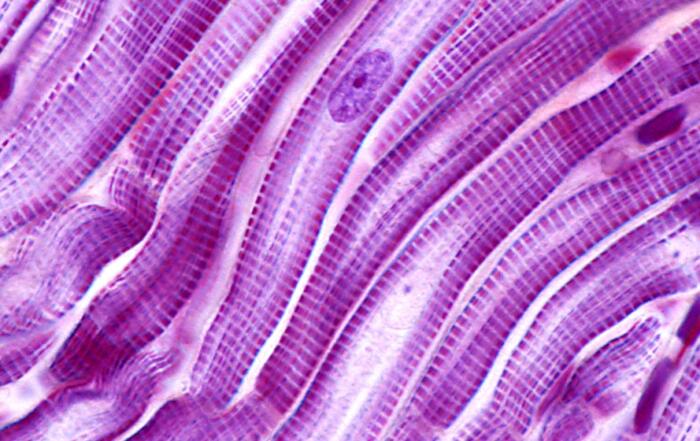
Airdate: Thursday, November 28, 2019 Season: 6 Episode: 9
Guests: Tim West, Matthew Borkowski
In this episode of Expert Answers join Dr. Tim West and Matt Borkowski for a discussion on how to properly isolate and prepare, and assess muscle performance and contractile function in single muscle fibers.
For more information, to watch the webinar, or to download a copy of the full Q&A Report, click here.
Associated Webinar: How to Plan and Execute Contractile Measurements in Permeabilized Muscle Fibers
Similar Podcasts
#ExpertAnswers: Christopher Perry and Homira Osman on Integrating Patients, Clinical, and Advocacy Partners with Preclinical Research Labs
Dr. Christopher Perry, York University and Dr. Homira Osman, Muscular Dystrophy Canada answer questions from a recent webinar on how the integration of clinical, industrial, and not-for-profit advocacy partners with preclinical research labs offers great potential to improve our research impact.
#ExpertAnswers: Sarah Greising on Muscle Injury Recovery
Sarah Greising discusses the current pathophysiologic understanding of the skeletal muscle remaining following traumatic musculoskeletal injuries.
#ExpertAnswers: Bradley Palmer on Measuring Cardiac Tissue
Bradley Palmer answers questions from a recent webinar where he highlighted and demonstrated the challenging preparation of cardiac tissue slices and measurement of force and calcium.
Related Content
Molecular Signals Mediating Increases in Muscle Size and Function
In this webinar, Dr. Bert Blaauw elucidates skeletal muscle regulatory pathways and offers approaches to tackle muscle deficits for therapy.
Control of Muscle Glucose Uptake in vivo: Thinking Outside the Myocyte
In this webinar, David Wasserman, PhD provides a more complete understanding of muscle glucose uptake through consideration of the integration of physiological systems that control this process.
Cut and Paste of Myosin Binding Protein-C in Striated Muscles
Dr. Samantha Harris discusses the development of three new mouse models in her lab, engineered to target and replace specific myosin binding protein-C paralogs in muscle fibers and impact of their mutations on skeletal and cardiac muscle diseases.










